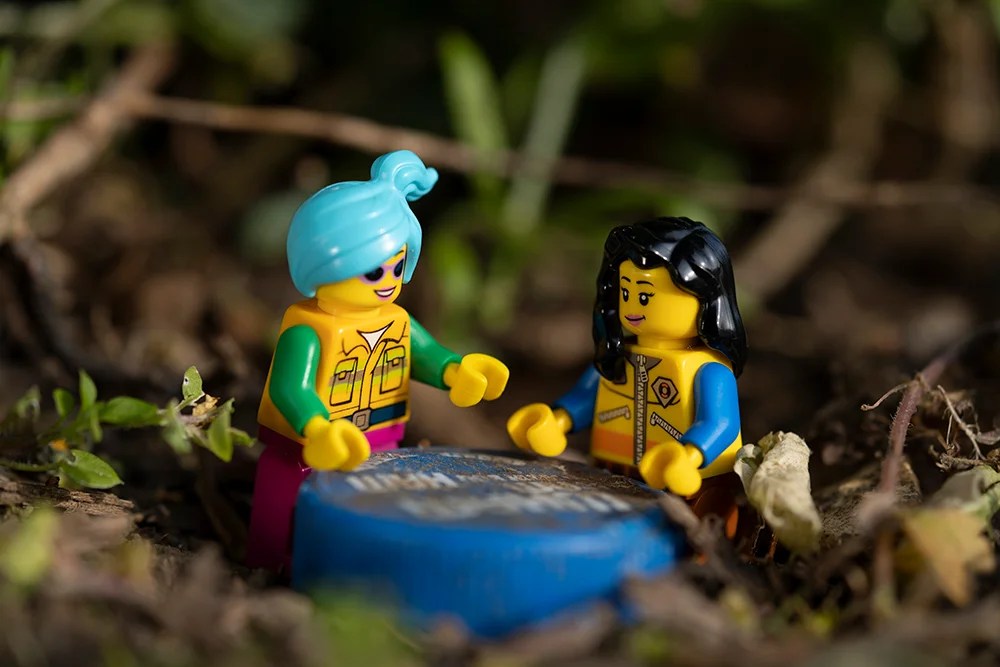Your cart is currently empty!
Natural Light Photography
Harnessing the magic in close-up photography
Close-up photography offers a captivating world filled with intricate details and hidden beauty. When it comes to capturing these mesmerising shots, the proper use of natural light can make all the difference. Light is a powerful tool that can enhance textures, reveal delicate patterns, and create stunning contrasts. In this blog post, we will explore the art of utilising natural light in close-up photography, providing you with tips and techniques to elevate your images to a new level.
Qualities of natural light
Natural light possesses a variety of characteristics, including intensity, direction, colour temperature, and softness. Familiarising yourself with these aspects will enable you to make informed decisions when capturing close-up subjects.
The timing of your close-up photography plays a significant role in the quality of natural light you’ll have at your disposal. The golden hours, which occur during the first and last hours of daylight, offer a soft, warm, and directional light that can add depth and a beautiful glow to your close-up subjects. Take advantage of this time frame to capture delicate details and create compelling shadows.
On overcast days, when the sky is covered with clouds, the diffused light creates a giant natural softbox. This soft, even lighting is ideal for close-up photography, as it minimises harsh shadows and provides a balanced illumination that brings out the textures and colours of your subject.
Controlling Light with Reflectors & diffusers


As you can see from the above two images, reflectors and diffusers are essential tools for manipulating natural light in close-up photography. They allow you to control the direction, intensity, and quality of the light falling on your subject. In the above, before and after, you can see how the use of a reflector has really opened up the shadows on the miniatures.
Reflectors bounce light back onto your subject.
Reflectors help to fill in shadows and add highlights. Soft light can be created using a white or silver reflector. This can help emphasise details and texture within your close-up images. Play around with different angles to get the best results.
Diffusers soften and spread the light.
Diffusers are great for reducing harsh shadows and creating a gentle, even illumination. They are particularly useful when photographing subjects with intricate details or delicate textures.
Embracing Shadows and Highlights

Dimension and depth are created in close-up photography using shadows and highlights. Shadows can reveal intricate patterns and contours, while highlights can bring out the subtle details and give your images a three-dimensional feel. Pay attention to the placement and direction of light to achieve the desired effect, and don’t be afraid to experiment with different lighting conditions to create unique and captivating close-up photographs.
Conclusion
Natural light has the power to transform your close-up photography. It can reveal the beauty and intricacy of your subjects. By understanding the qualities of natural light, timing your shoots, and employing tools like reflectors and diffusers, you can control and manipulate light to enhance textures, reveal hidden details, and create captivating contrasts. Remember that each subject and lighting condition is unique, so practice and explore different techniques to discover your own signature style. With the right approach, natural light will become your greatest ally in capturing stunning close-up photographs.

Leave a Reply